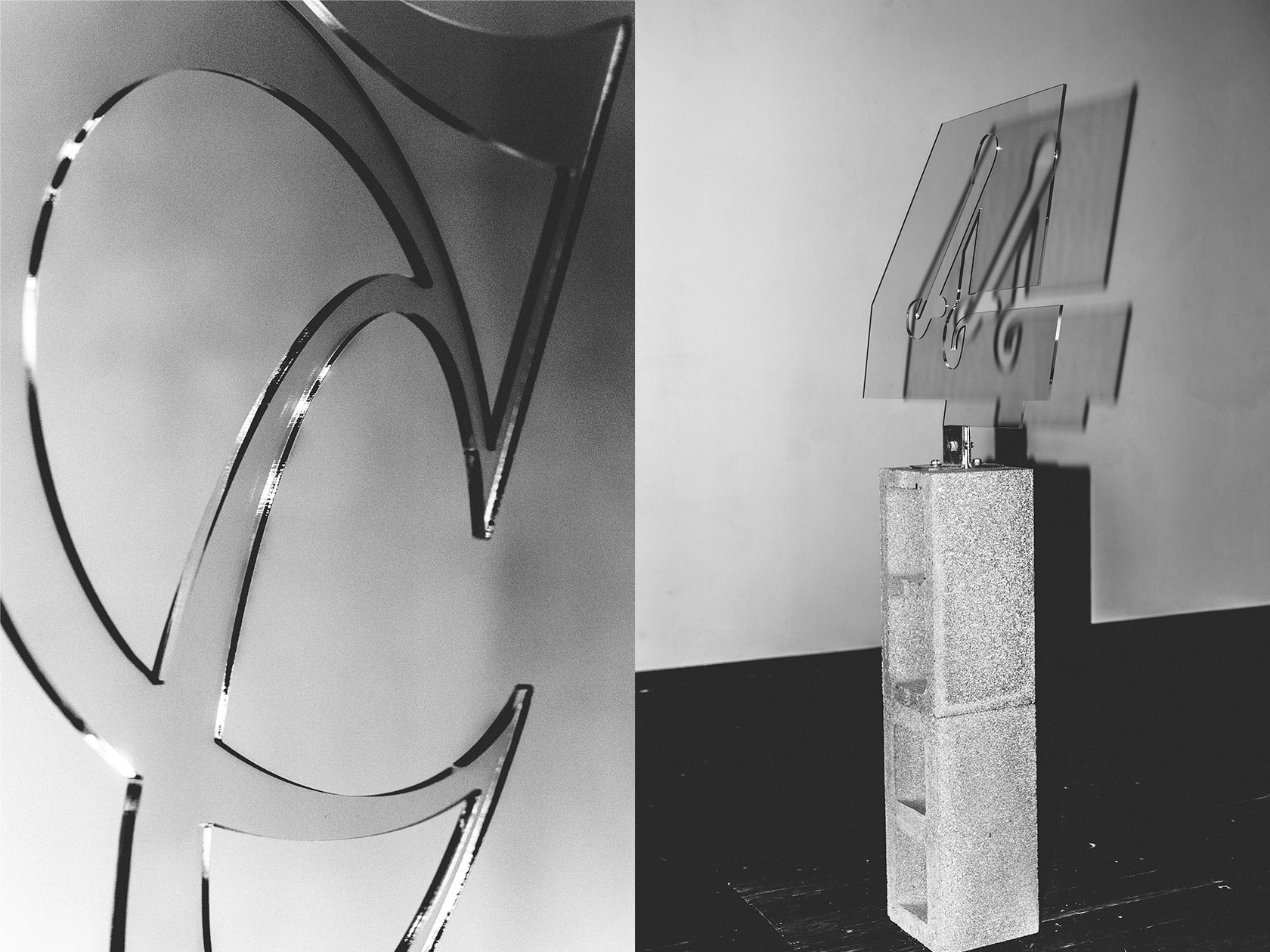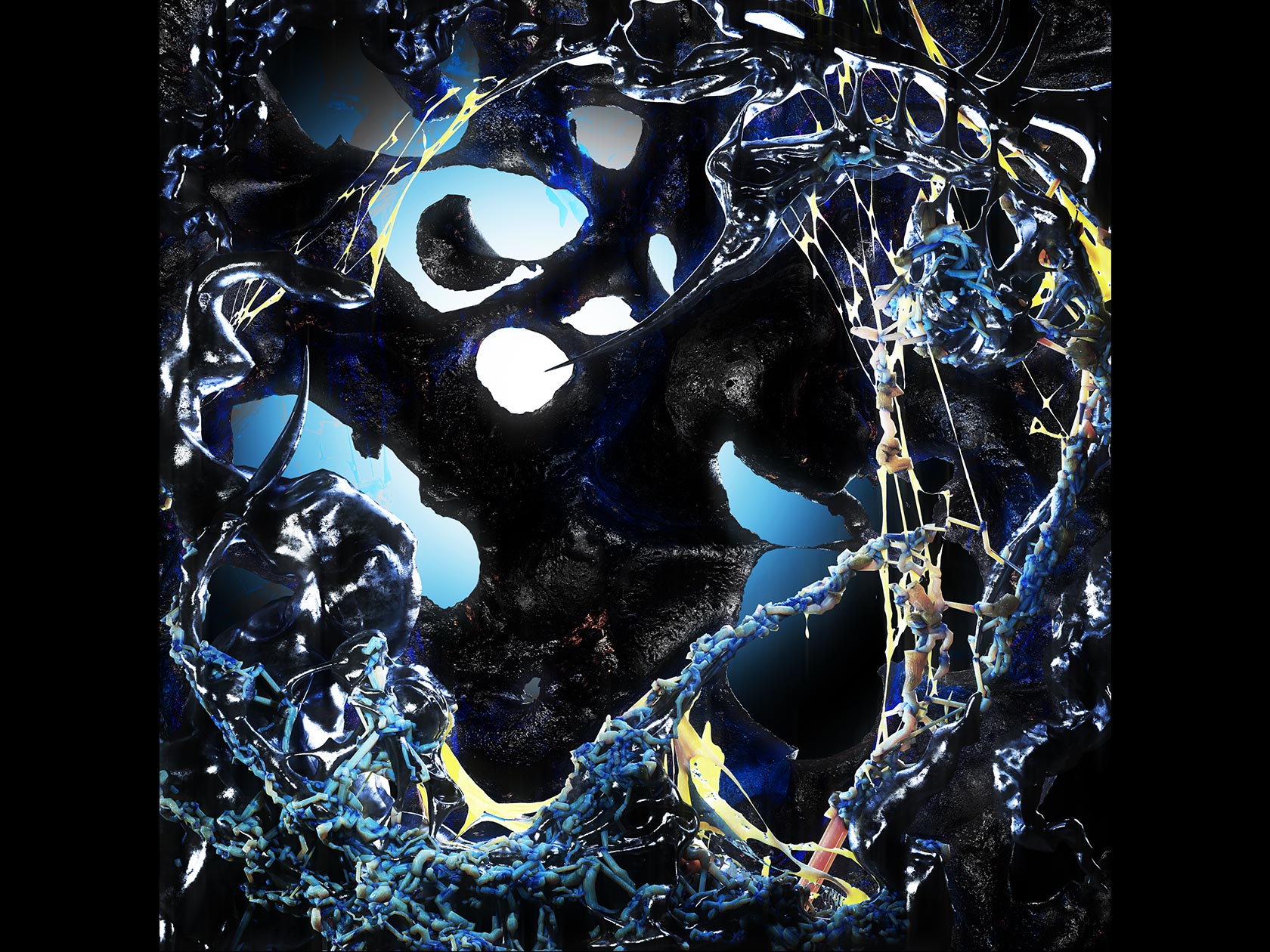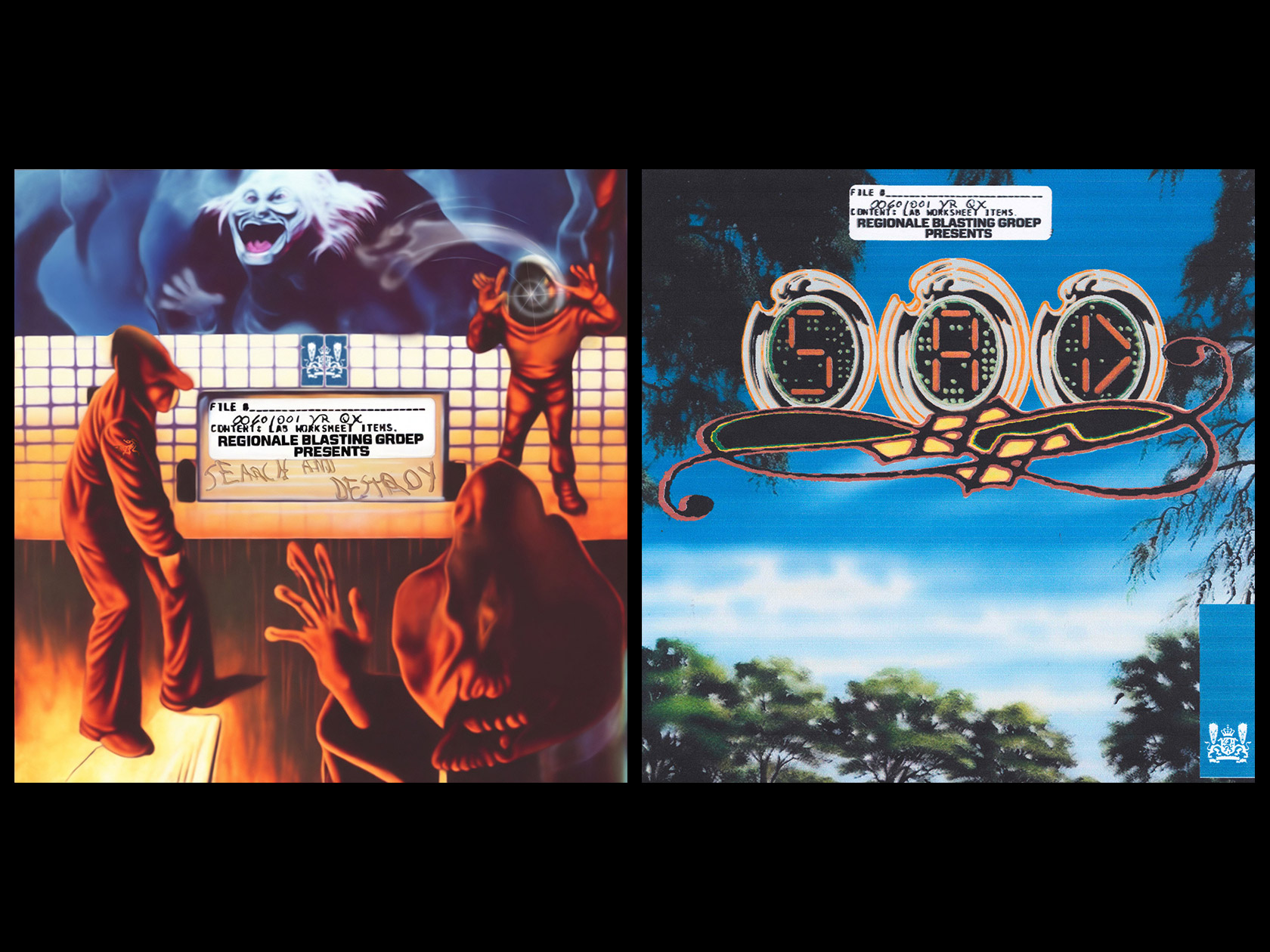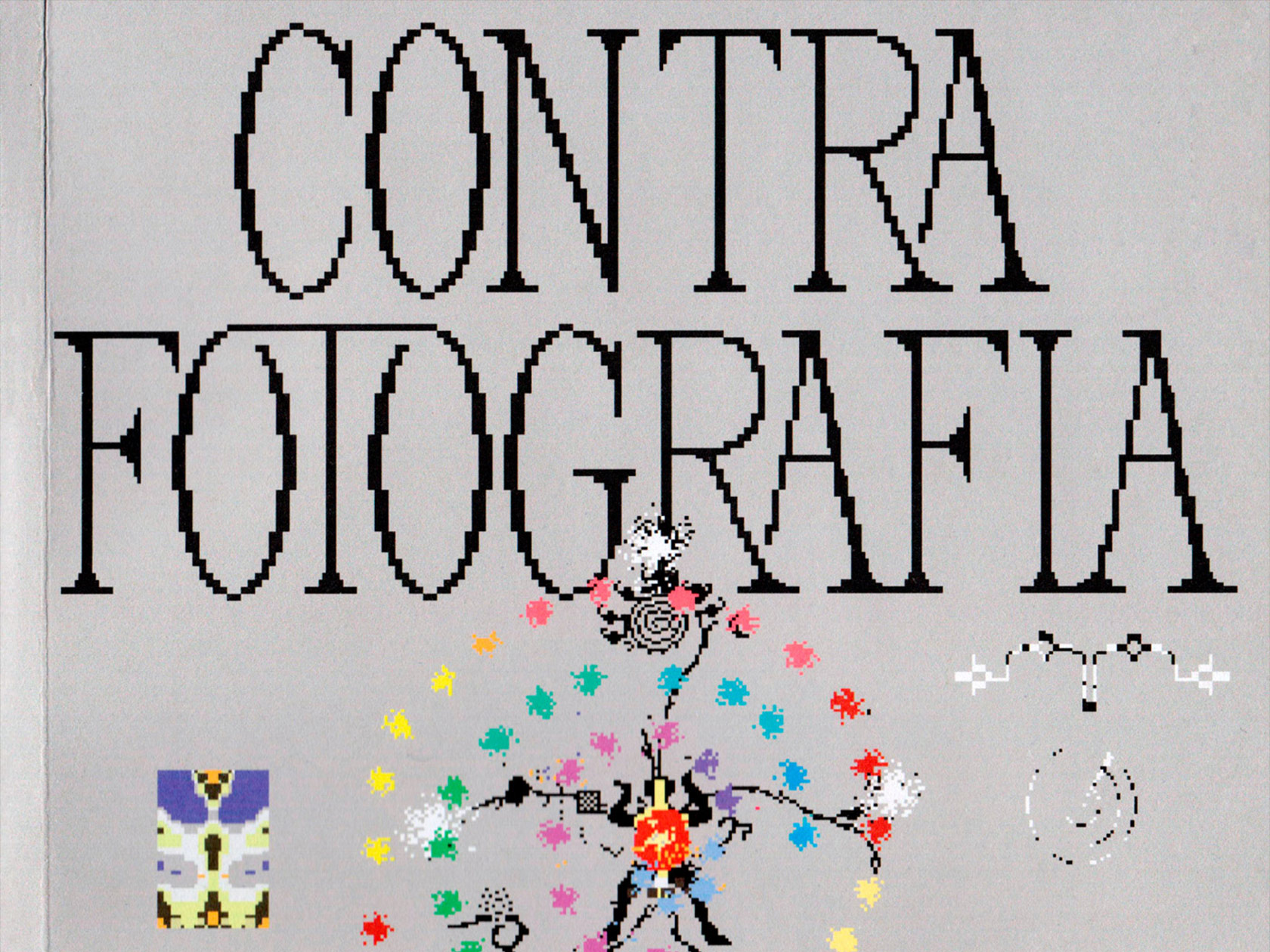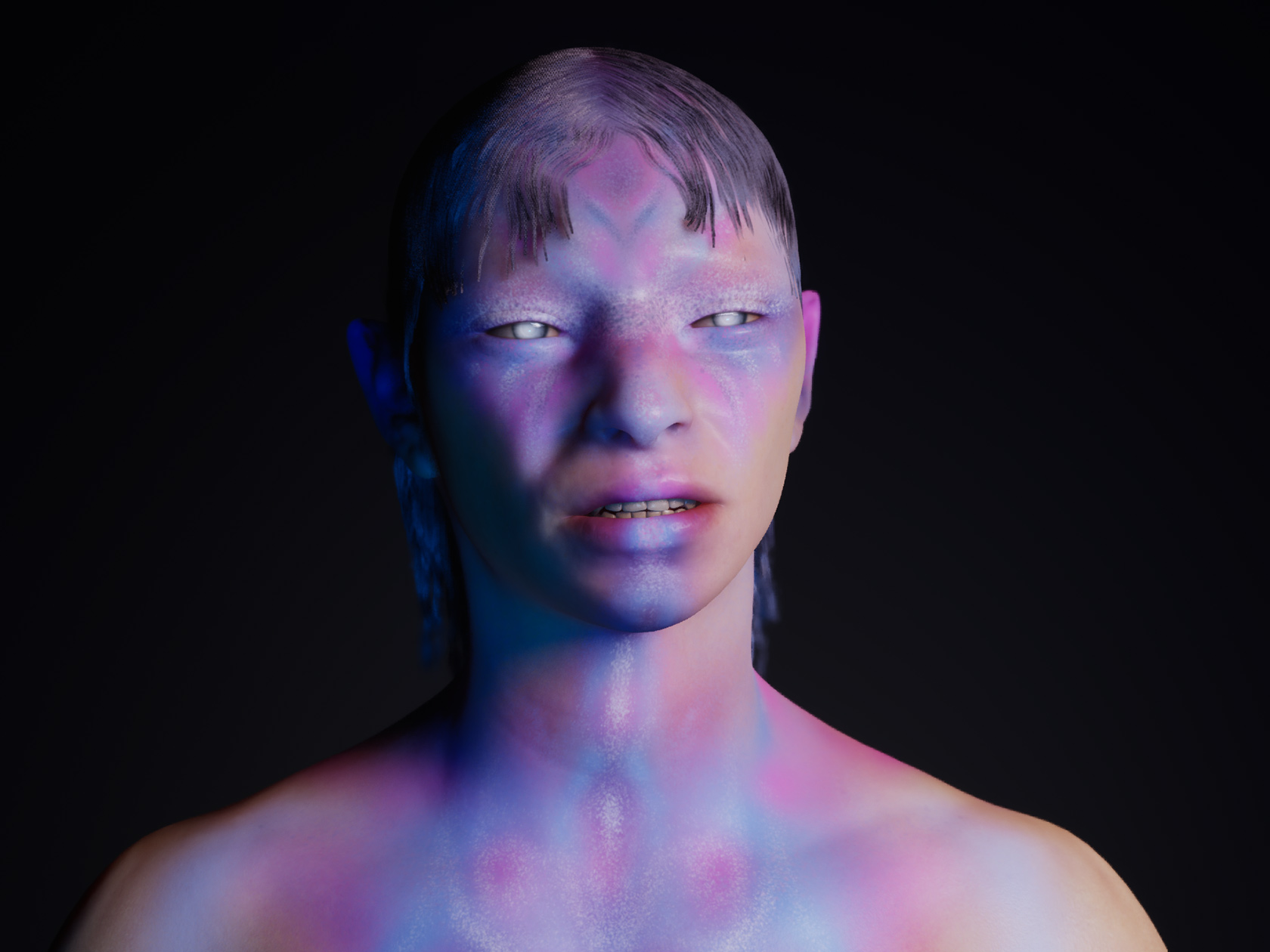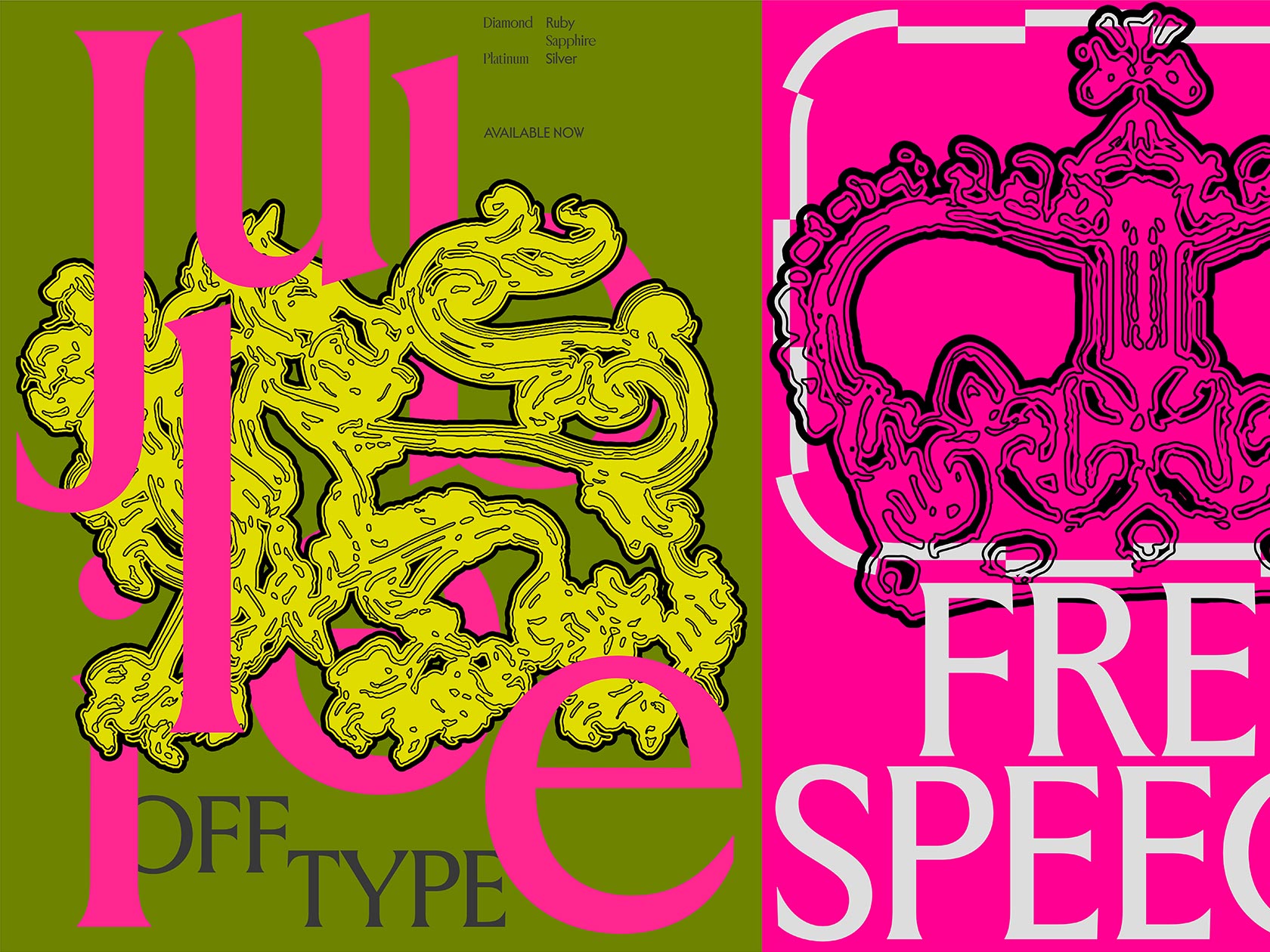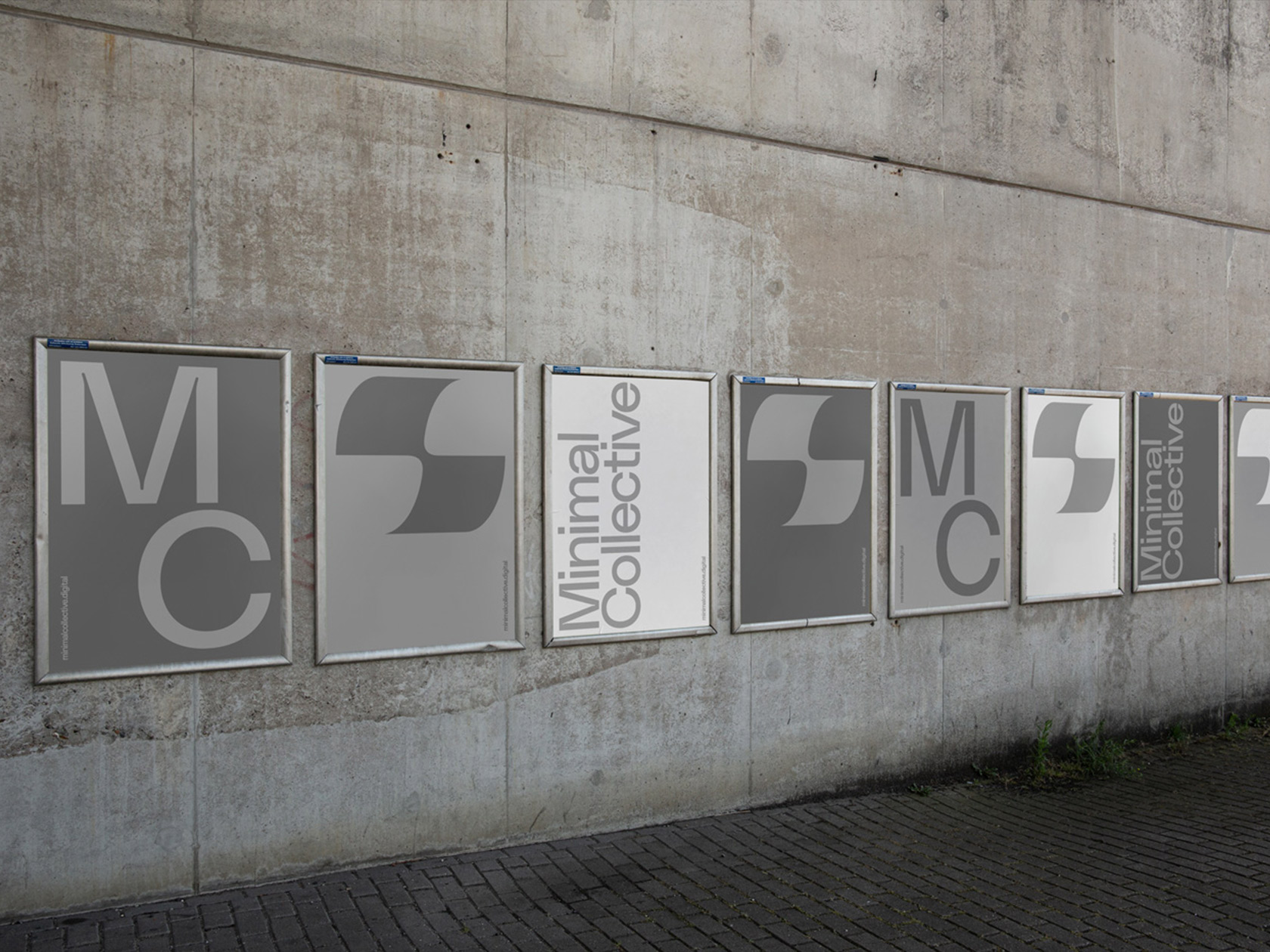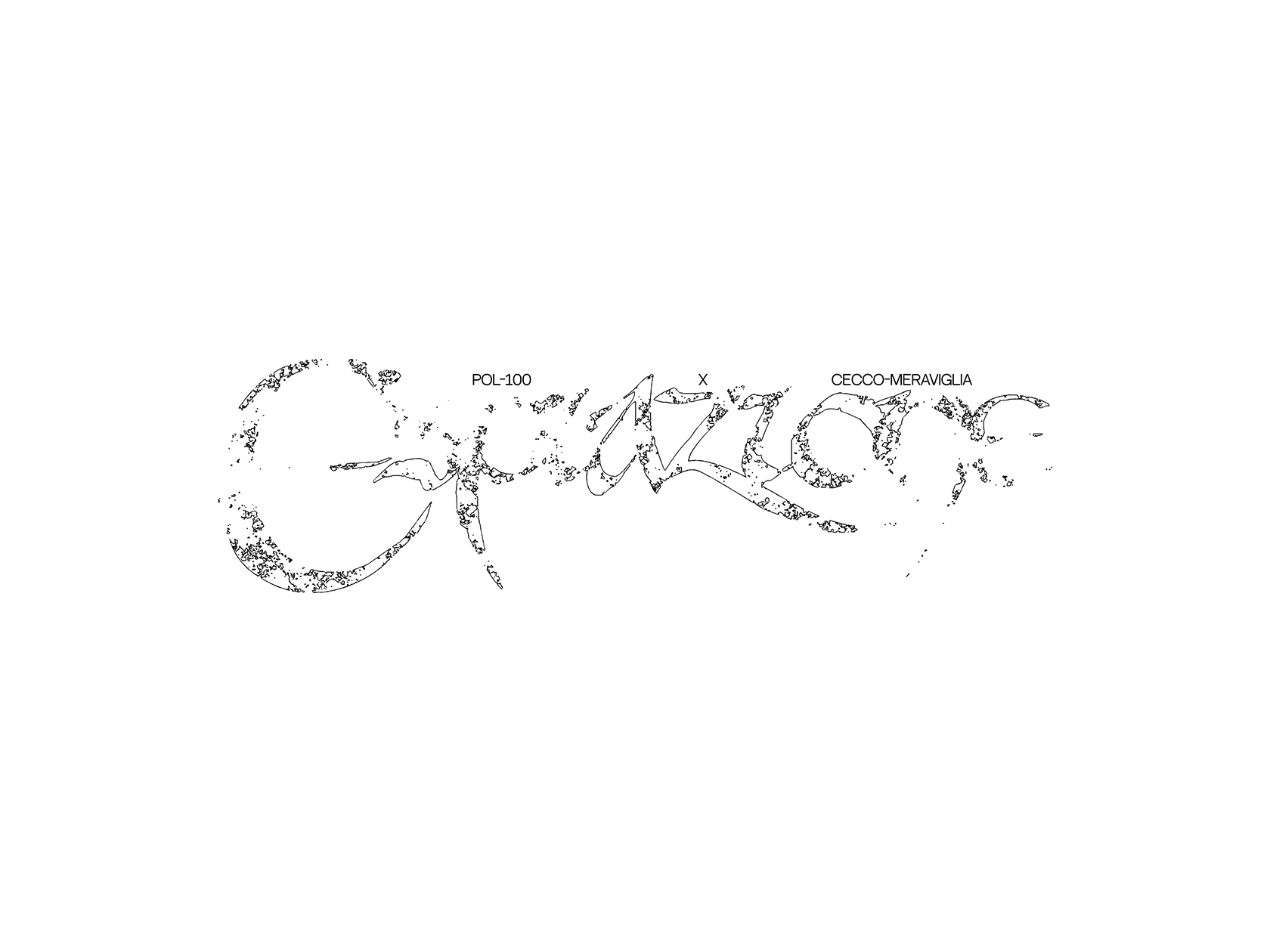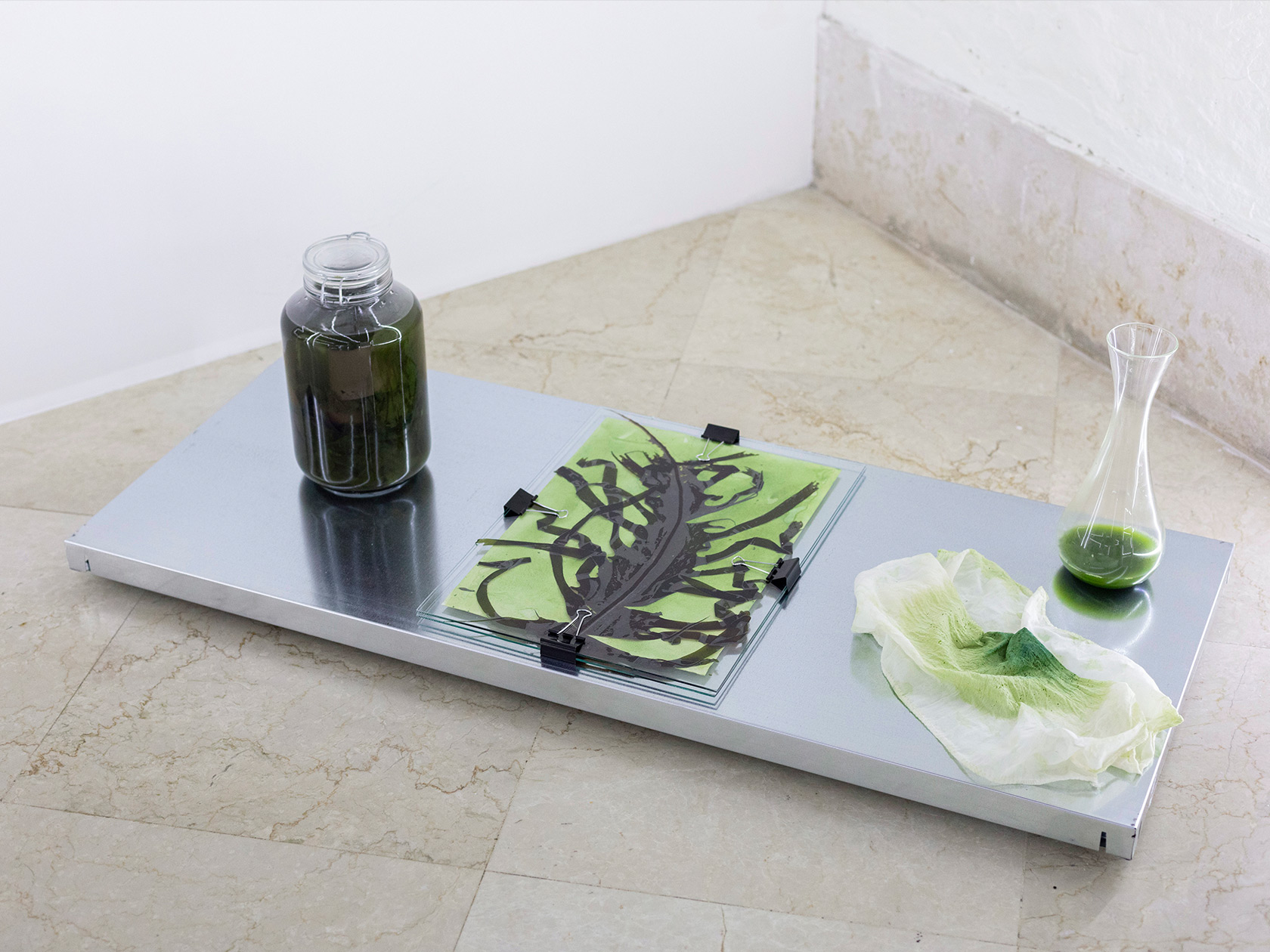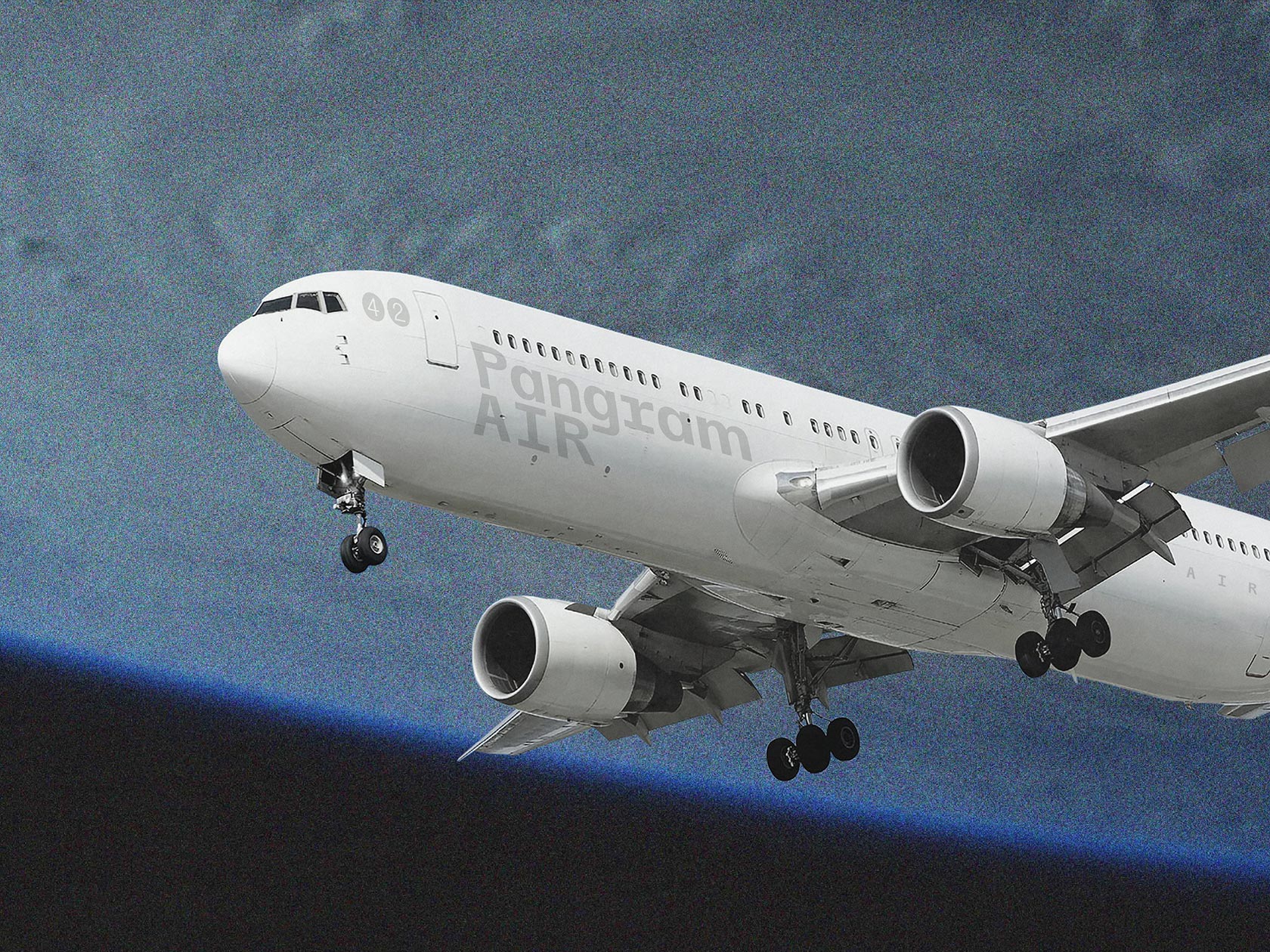BASE10 responds to modernist architect Louis H. Sullivan’s famous maxim ‘form follows function’ in complete opposition. The project, initiated by communication designer and conceptual artist Maia Kjendle, proposes an alternative approach to typography and invites twenty typographers from around the world to design a number from 0 –10 by reflecting their cultural, geographical, historical or socio-political position in design. In following Marcel Duchamp’s practice of removing “a common object from its functional environment”, the numbers were then turned into 3D numerical sculptures to explore the effects of their decontextualization. While BASE10 does not completely reject the functional role of numbers, it offers new ways of experiencing them as art objects to encourage a deeper engagement with objects and material.
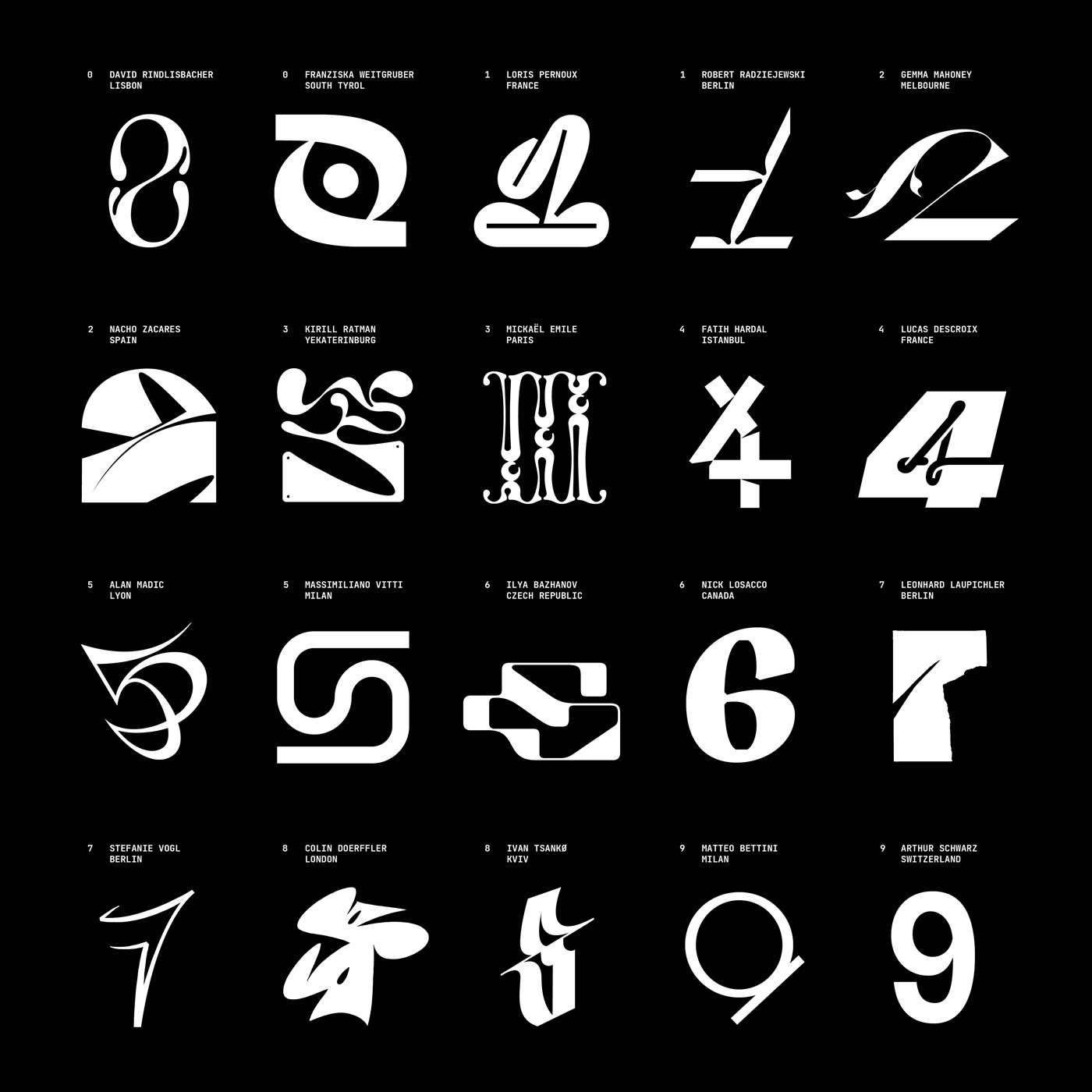
“I saw this project as an opportunity to re-operate how we interact with typography by harnessing the tangibility of materials and the play of positive and negative space”, Maia tells us about her vision behind BASE10, “The collection approaches typography as a medium of experimental communication beyond textual meaning.” At the beginning of the project, Maia started questioning if numbers can be viewed as art and critically investigated the possibilities of taking numbers and typography, as “expressions of rational systems of social meaning”, out of context. “Treating numbers as objects of constructed physical form redefines its practice, the act of removing typography from the printed page or the screen and placing it into a gallery — the domain of art — adds new conceptual and experiential dimensions to its impact and meaning”, she elaborates further, “As objects, we experience them more in relation to our bodies, not our minds, altering our reception and relationship to numbers and allowing its forms to serve different purposes.”
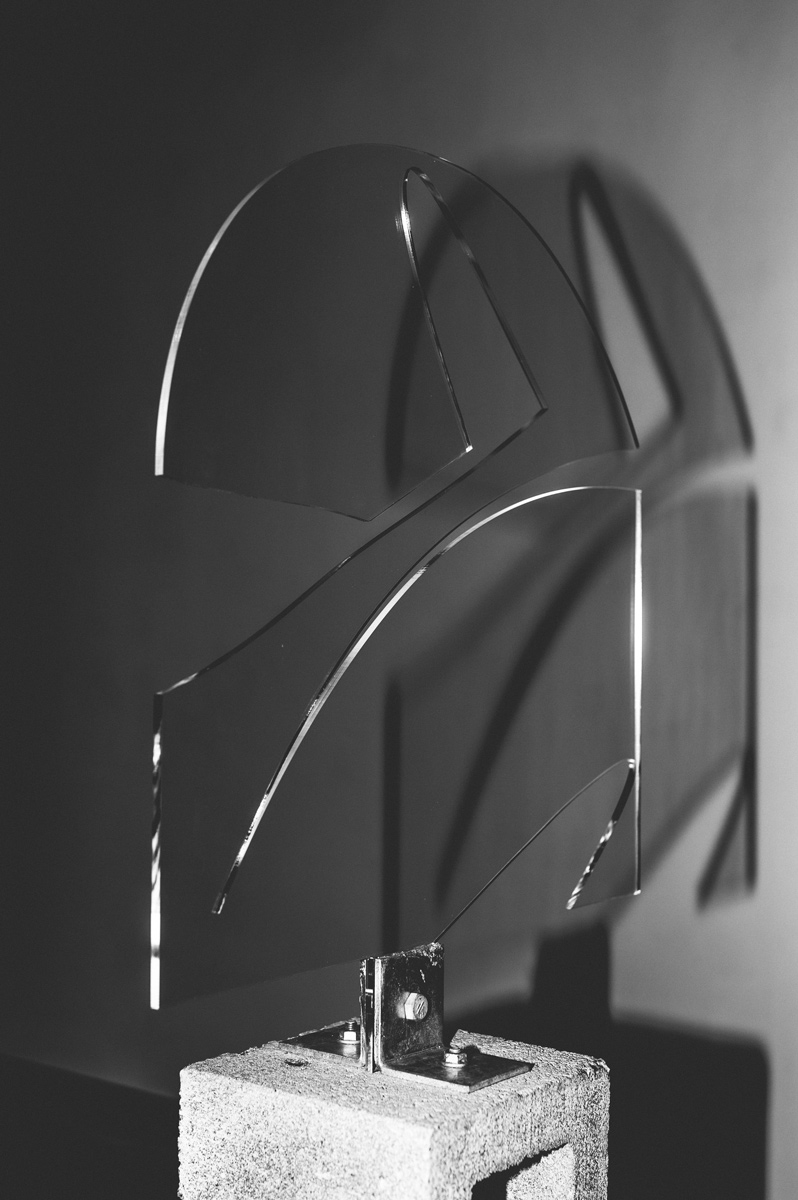
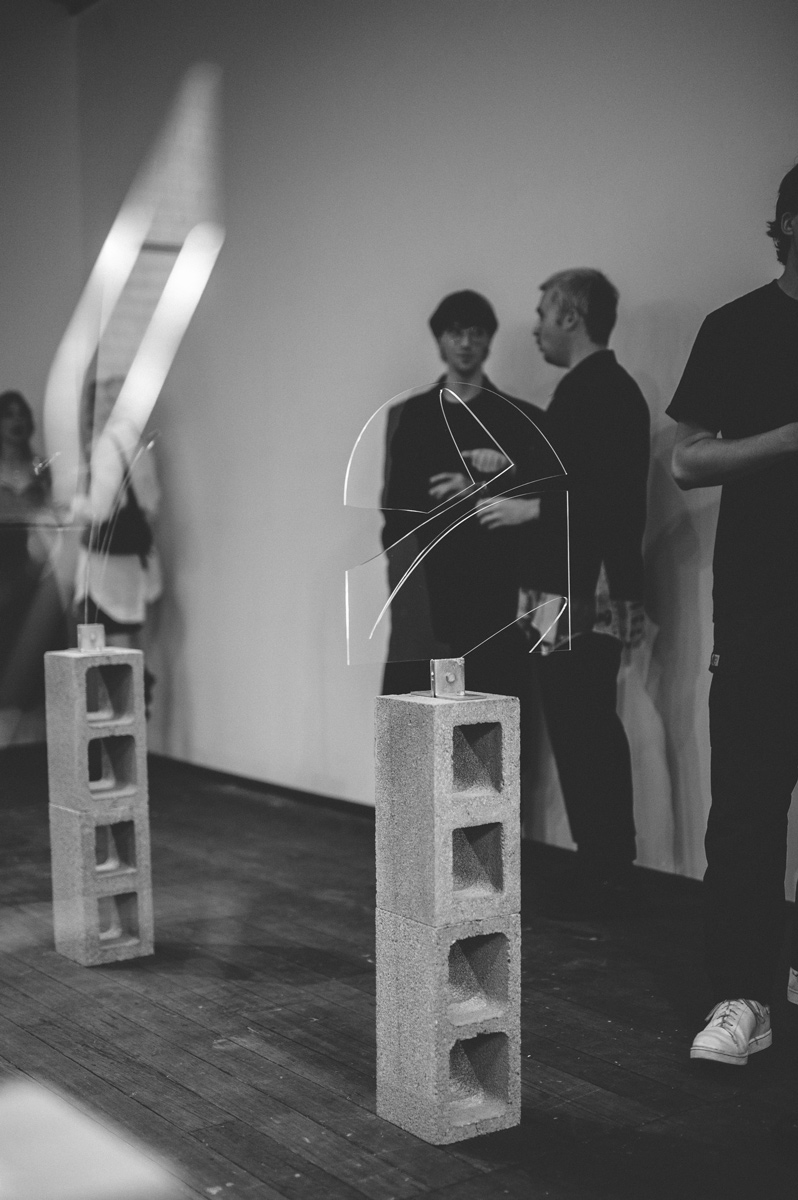
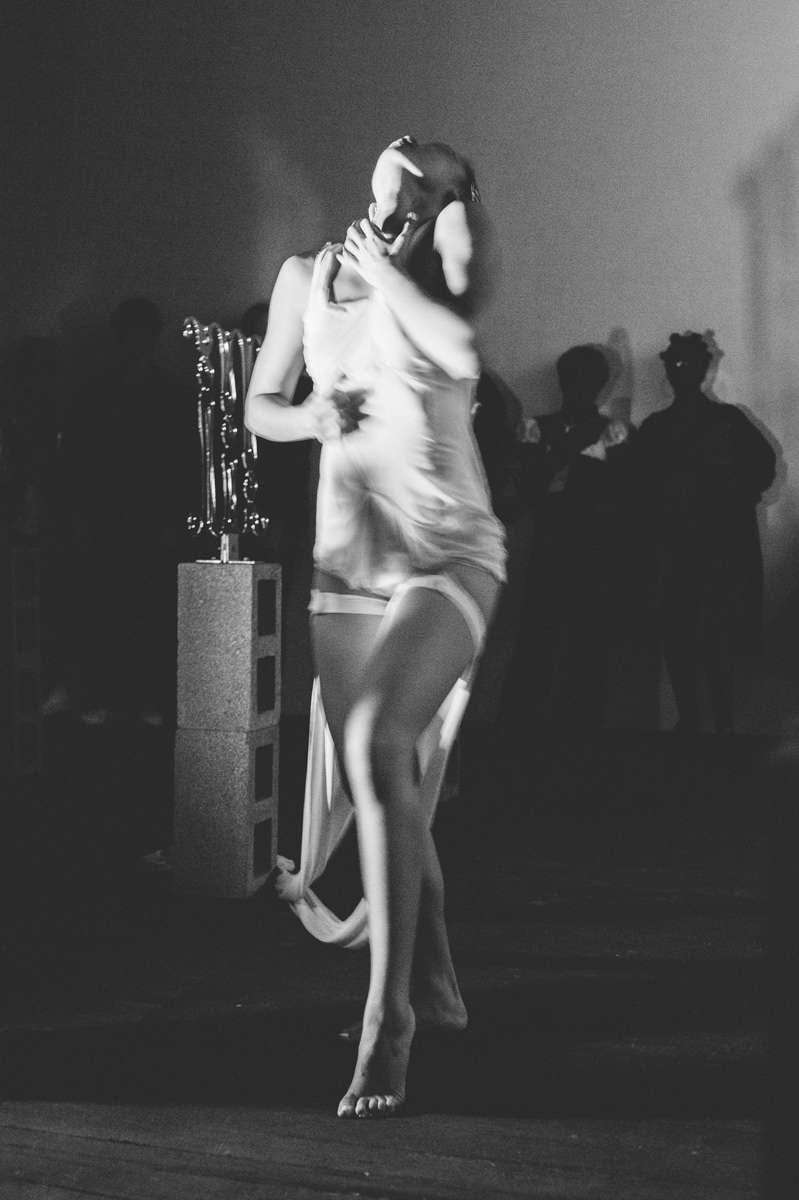
To bring together different perspectives, Maia invited twenty typographers from all over the world to respond to the idea of exploring the artistic context of numbers. Among the presented artists are Colin Doerffler, Fatih Hardal, Gemma Mahoney, Loris Pernoux, Robert Radziejewski, David Rindlisbacher, Stefanie Vogl, and many more. At the core of any collaboration is trust and open communication, especially when working together on a global scale. “It started with an online dialogue on Instagram”, Maia tells us, “The decision of choosing 20 designers stems from the idea of presenting two variations of each number. The strength of BASE10 is in its diversity of interpretations of seeing a number as art.” Behind every number is a personal story of the corresponding designer, giving a glimpse into their cultural orientation, everyday routines, and social relations. “These traces are sensed and felt, suggesting the intermingling of meanings, sensations and feelings that typography can produce”, Maia explains, “This manifested in the BASE10 exhibition, which presented a reproduction of each number as 3D objects within a gallery space for the general public to view and interact with.”
Next to a catalog, the exhibition is accompanied by a printed manifesto, secured with a tactility buckle and encased in a concrete shell that needs to be broken to reveal its contents. “The idea came from a desire to physically embody the action of ‘breaking’ something open to reveal something new”, Maia tells us about the unique presentation of the manifesto, “To break free from the concrete conventionalities of numbers, and subjectively experience profound numerical perspectives. The unexpected form and presentation of the manifesto, asks one to break the exterior shell made of concrete mold to reveal the interior contents, as a means to deconstruct permanent ideologies through material sensibilities. It invites a level of intrigue through ambiguity and exertion of force.” The BASE10 manifesto is a compilation of printed artifacts including a series of small publications, a set of tracing paper posters, and a selected perspex object from the collection.
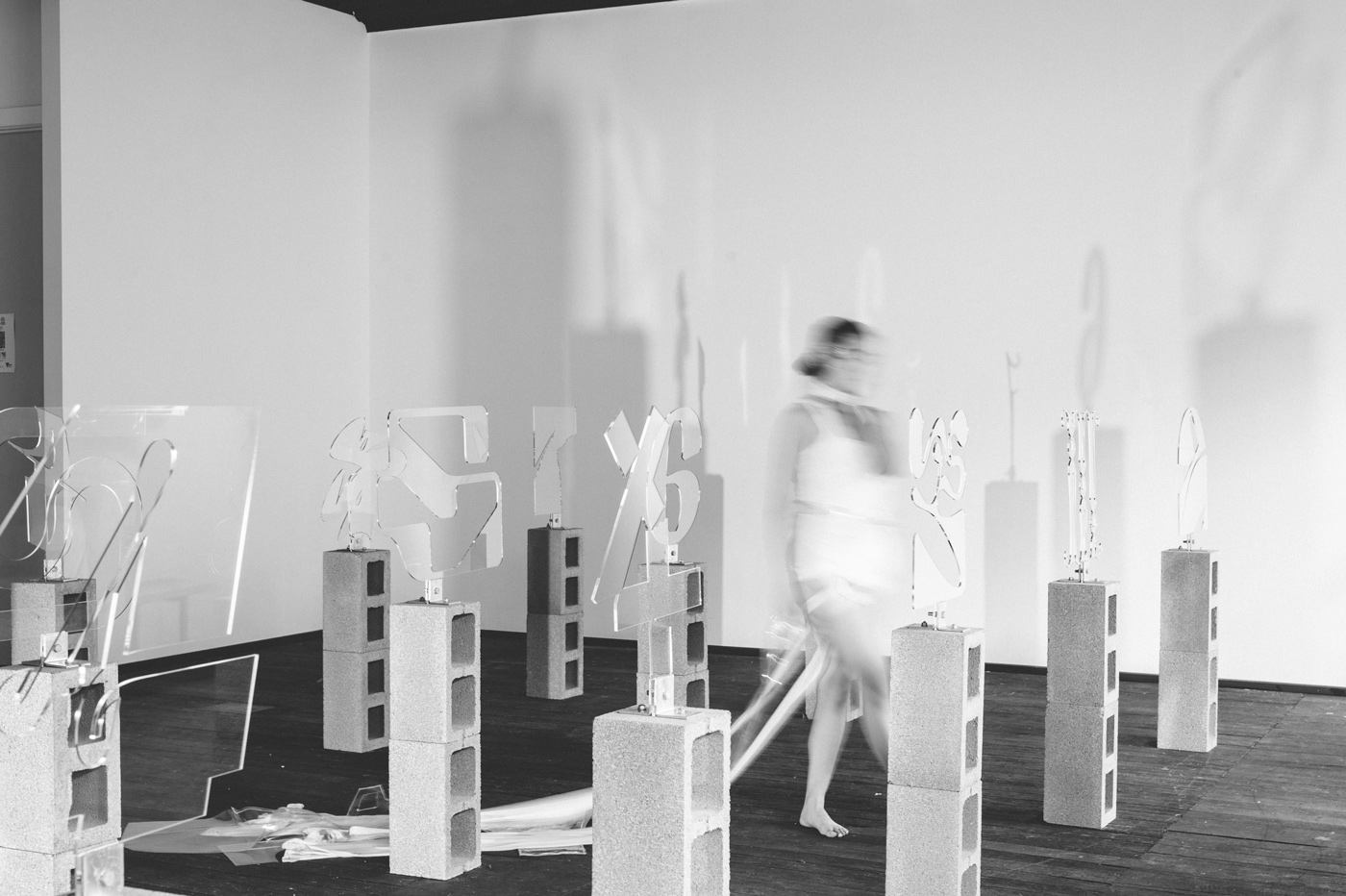
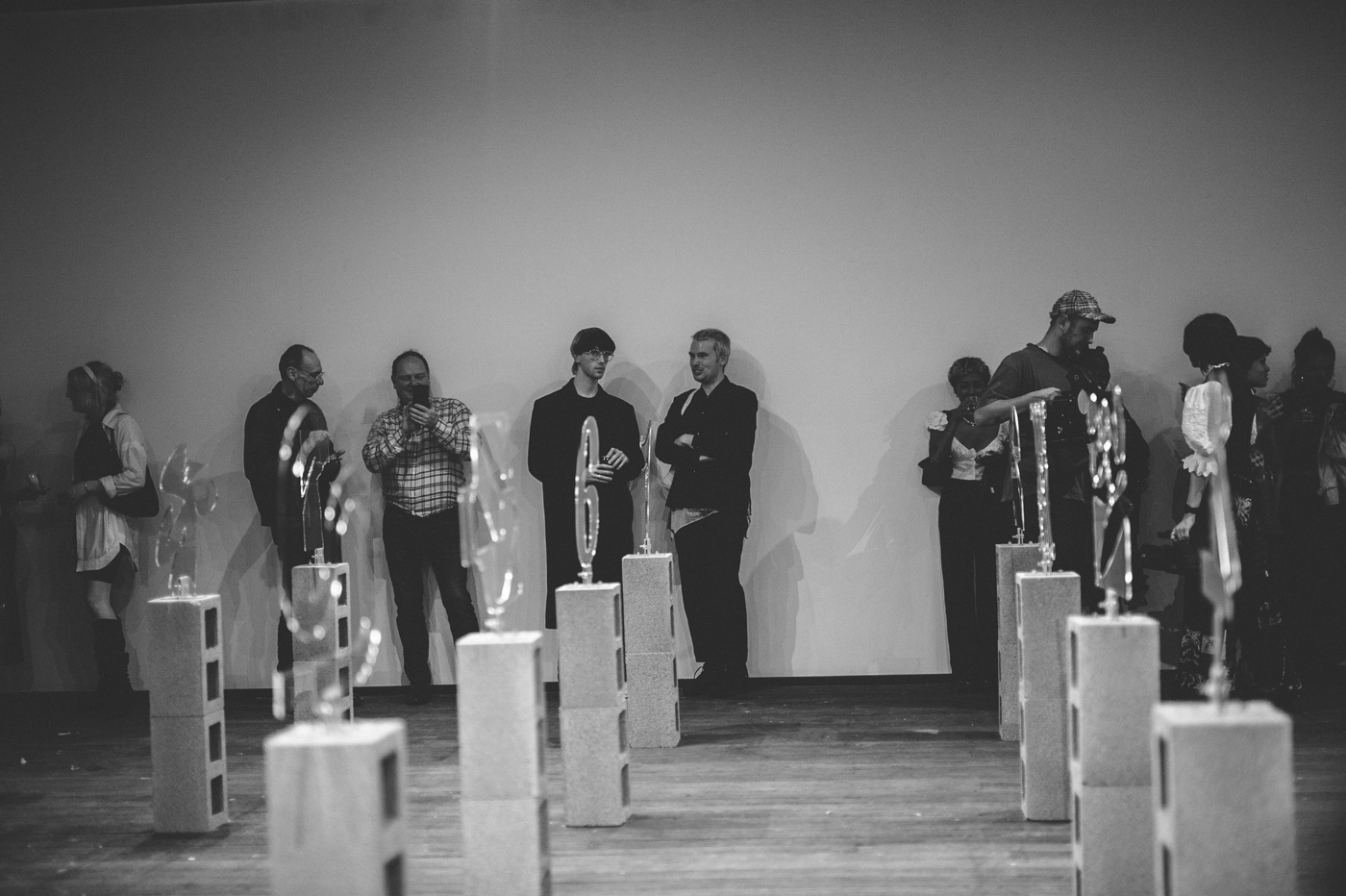
Within the exhibition, Maia played with the balance between contrasting materials with each number being laser cut in perspex and presented on a concrete block. “Concrete in modern use is defined as the opposite of “abstract”. It denotes a view that is fixed and unalterable. This association can directly reference the traditional conventions of numbers as a function of linguistics”, Maia reflects, “The transparent tendencies of perspex allow for the interaction of light and shadows to animate the numbers. These properties are fluid, open, and see-through – expressing the Base10 tone of voice of exposing current sensibilities to offer new perspectives on how we can view numbers as art.” The positioning of the numbers within the exhibition was based on a grid to avoid any kind of hierarchies and treat each sculpture equally.
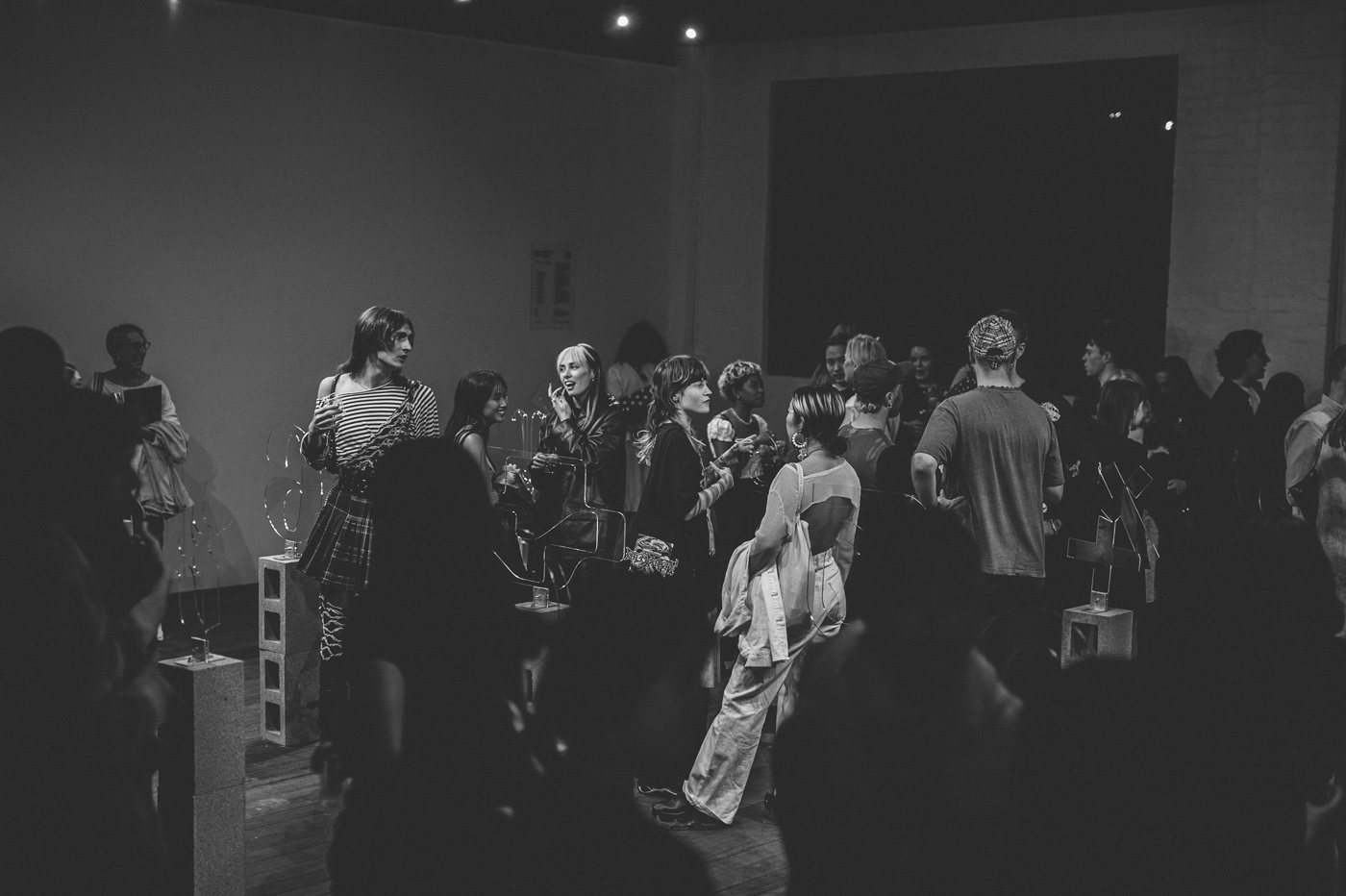
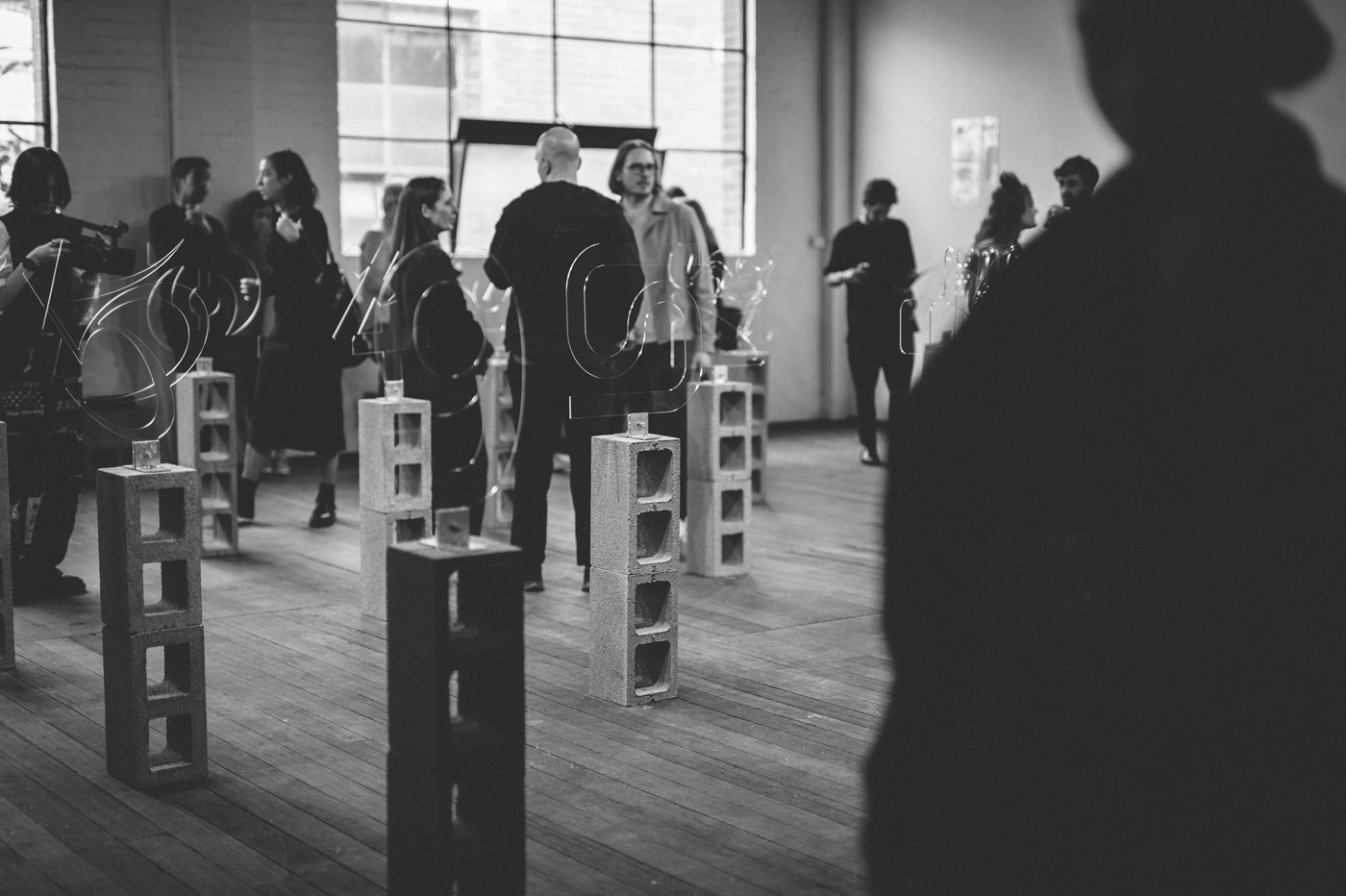
The BASE10 exhibition was made possible from an opportunity to be featured in NGV Melbourne Design Week 2021. “It was an unbelievable experience that has definitely fueled my desire to extend the project into other outlets of experiential design”, Maia states, “ I’m intrigued by the concept to explore Base10 products, furniture, and wearable objects that take the number forms from the capsule collection.” For as long as she can remember, Maia has always been drawn to aesthetics and her interest in design and art has only intensified since then. “My dad was a fine art photographer, so from a young age, I was introduced to such concepts like composition, subject, light, perspective, and observation”, she remembers, “This focus on perception, I believe has made a lasting impression on me, not only on the way I view the world but also the way I view art-making.” In her work, the Melbourne-based artist mixes different design mediums and utilizes tangible formats as a means to deconstruct conventional systems. Often taking an atypical lens, she uses art and design to interrogate her immediate reality and to question the teachings she has become accustomed to.
BASE10 COLLABORATORS
David Rindlisbacher
Franziska Weitgruber
Loris Pernoux
Robert Radziejewski
Gemma Mahoney
Nacho Zacares
Mickaël Emile
Kirill Ratman
Fatih Hardal
Lucas Descroix
Alan Madic
Massimiliano Vitti
Ilya Bazhanov
Nick Losacco
Leonhard Laupichler
Stefanie Vogl
Ivan Tsankø
Colin Doerfller
Matteo Bettini
Arthur Schwarz
NGV EXHIBITION COLLABORATORS
Performance/ movement: MaggZ
Garment design & production: Wackie Ju
Soundscape design: Ossian Shaw
Photography by Nathalie Scarlette

